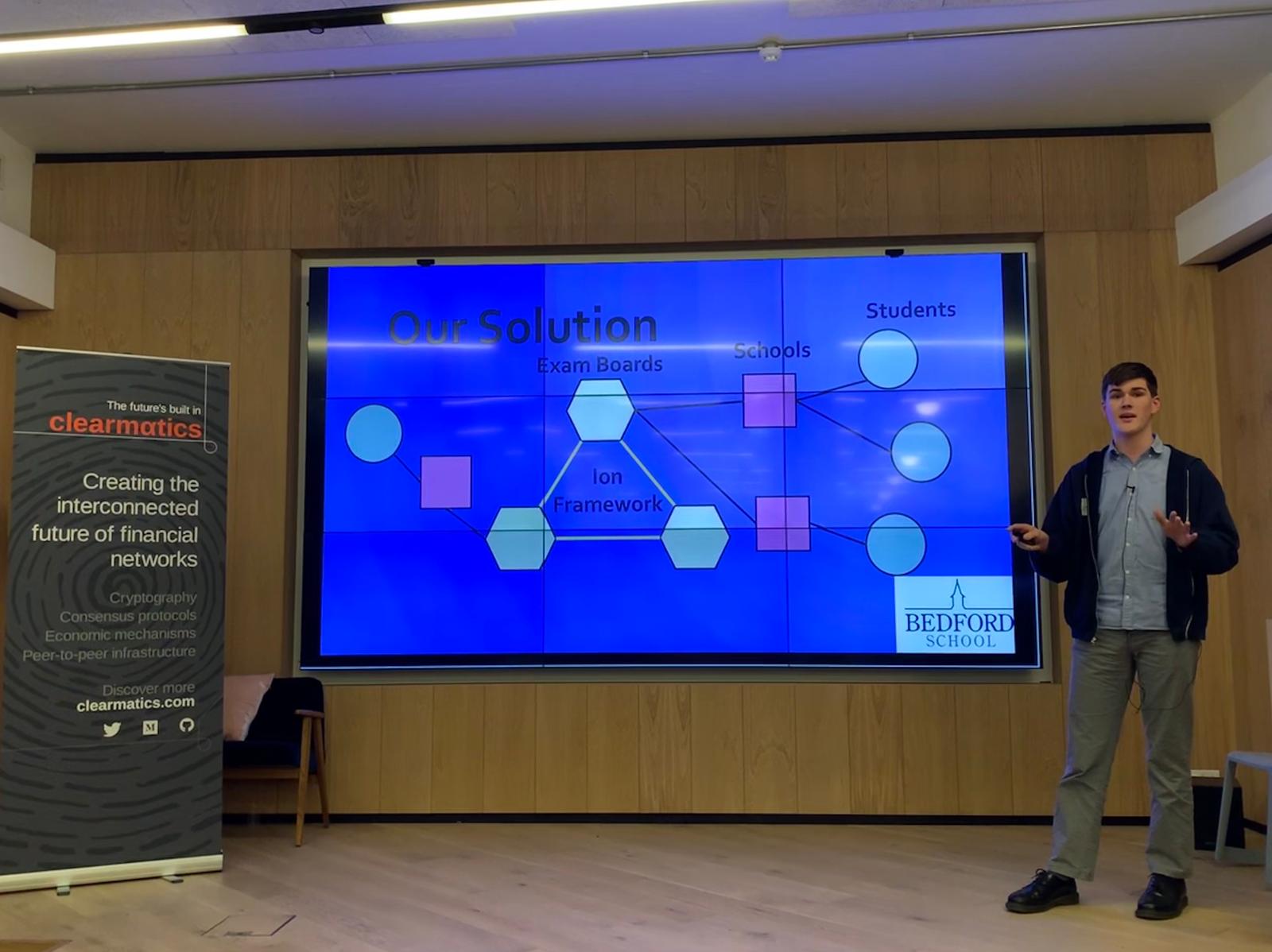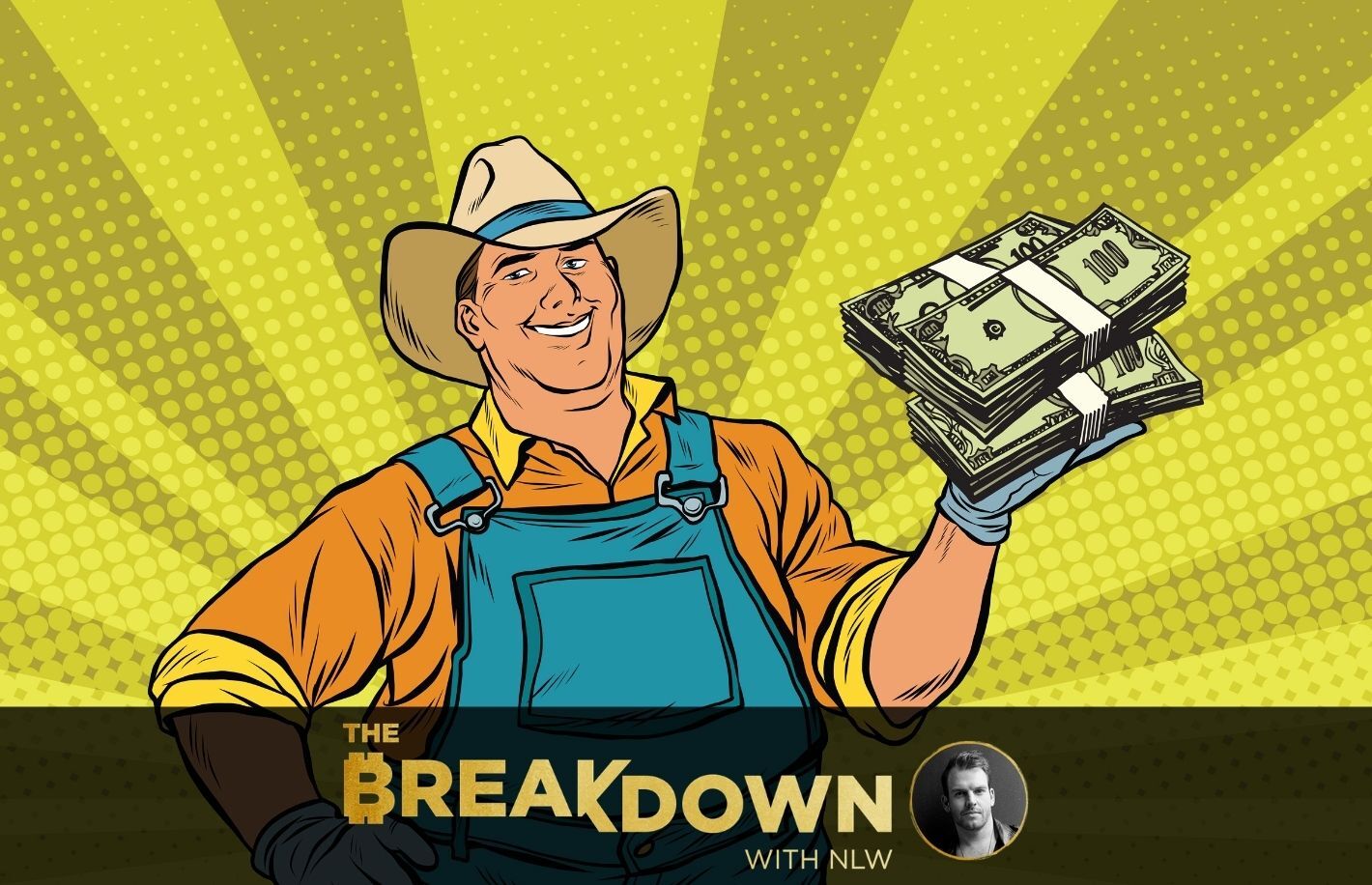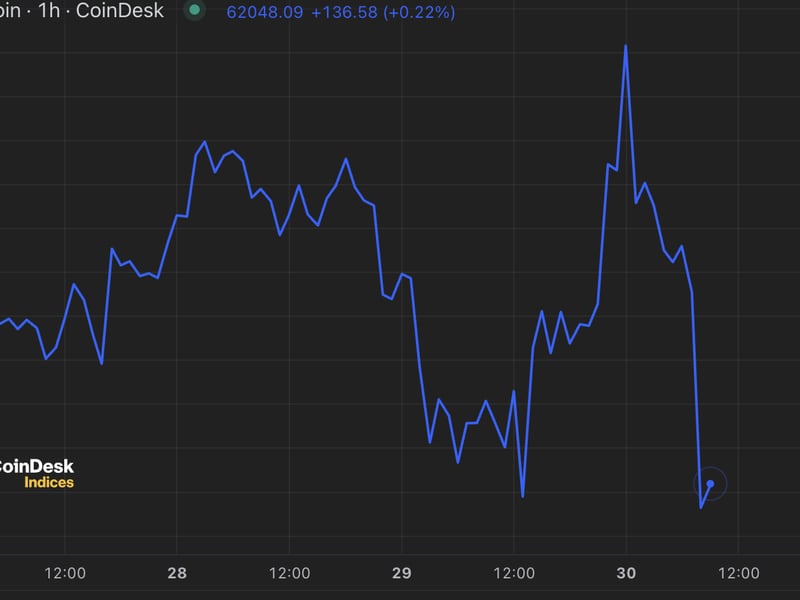Code Wallet Aims for Fresh Start on Solana After Messy Tale of Kik and KIN
Code Inc., started by the team behind the Kik messaging app, is introducing its Solana-based “Code” crypto wallet today.
The minimalist payment app is built around the cryptocurrency KIN, which started out as a token on the Ethereum blockchain but is now on Solana.
Code’s CEO is Ted Livingston, the former CEO of messaging app Kik. Before leaving Kik, he launched KIN as a way to help monetize the platform – raising $100 million in a high-profile 2017 initial coin offering (ICO) before the token was labeled a security by the U.S. Securities and Exchange Commission. Kik Interactive Inc. paid out a $5 million fine to the SEC, and the Kik messaging app – now under new ownership – is no longer associated with the KIN project.
In an interview with CoinDesk, Livington spun KIN’s regulatory baggage as a positive: “KIN is the only token that’s on Solana that has no inflation that’s been through the SEC gauntlet.” The idea is that it has been given a green-light for trading in the U.S., and is, in Livingston’s view, better suited for adoption as a payment method than similar virtual currencies that have yet to get regulatory clearance. (The SEC’s case against KIN wasn’t all that dissimilar from the one currently underway with Ripple, albeit at a much smaller scale.)
Code likens its wallet app to an “iPhone moment” for crypto.
“We want to deliver an app to the crypto industry that they for the first time ever can show their non-crypto family and friends and actually have them go, ‘Hm, that actually is sort of interesting,’” Livingston told CoinDesk.
The core feature of Code is the ability to instantly send crypto from one wallet to another by scanning another user’s QR code. The feature is based on a concept the team calls “digital paper cash” – the idea that digital payments should be immediate and final, as simple as handing a dollar bill from one person to another.
According to Code’s team, its QR feature works more quickly than similar functionality on Venmo or more traditional crypto wallets – many of which charge fees for transfers, unlike Code.
Solana boasts cheaper and faster transactions than many other blockchains, but it has historically faced problems with occasional network outages.
To ensure transactions continue to work even when the blockchain goes down, Code has built a layer 2 on top of Solana that will continue to process transactions even when the chain is offline – eventually settling them permanently once the chain comes back. According to Livingston, the layer 2 network has been engineered to provide an additional layer of privacy for transactions.
Code’s success may ultimately rest on people’s willingness to adopt KIN as a payment method.
Like many other cryptocurrencies, the coin is extremely volatile; in the past month the token has shot up in price by 82%, and its relatively tiny market cap of $24 million means that small trades on exchanges can have a big impact on its price.
Asked whether he is concerned that kin is too volatile for users to adopt it for payments, Livingston responded, “When we look at other crypto apps, there’s a bunch of things that we think are wrong with them, one of which is volatility. The question we ask ourselves is, well, if we eliminate all the other challenges, except volatility, could it work?”
Livingston didn’t count out the idea of eventually incorporating other assets, like stablecoins, into Code.
“The narrative that only stablecoins could work – I think it’s still a hypothesis,” he said. Stablecoins might eventually face regulatory issues, which could be a non-starter in terms of preserving the app’s “digital paper cash” design ethos, according to Livingston.
KIN has a deep history but has not followed a straightforward trajectory. The token was created in 2017 by Kik Interactive as a way to monetize the once-massive instant messaging app, but the token has had a bumpy history even setting aside the SEC issues – moving from Ethereum to Stellar, to a fork of Stellar, to Solana – where it resides today.
This year, a leadership dispute within the Kin Foundation – the non-profit responsible for managing KIN’s community reserves – led the token to suddenly (and confusingly) splinter into two currencies: KIN and Bits. All of the Kin Foundation’s board members resigned except for Livingston, who was initially behind Bits plan but ultimately backtracked and expressed regret.
Later, Livingston recommended that the KIN community vote to dissolve the Kin Foundation along with the remainder of its reserves – around 50% of all KIN in circulation. Livingston says this makes KIN the only non-inflationary currency without a centralized organization.
The Code wallet will launch this week on iOS and Android.









